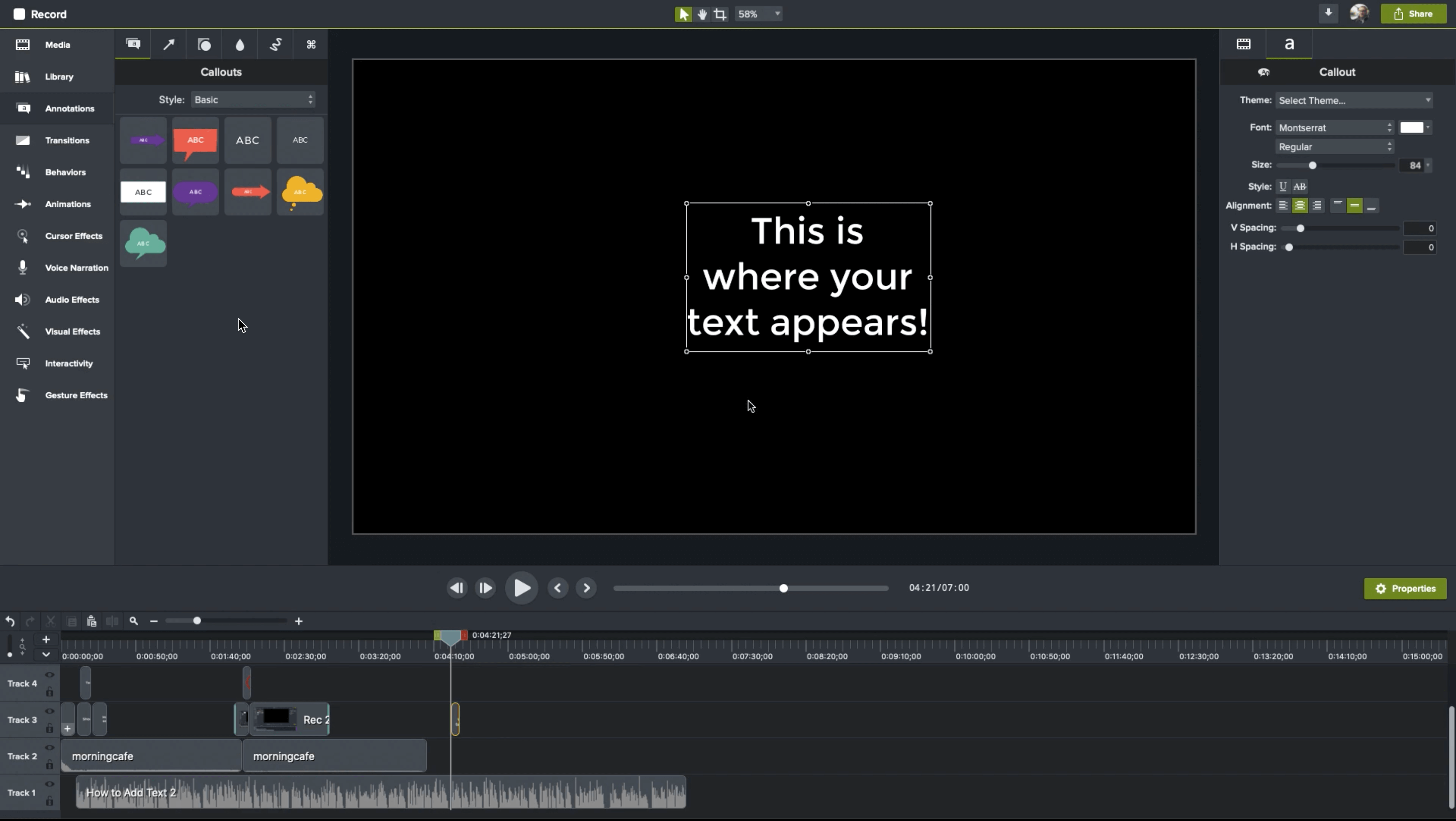In the digital age, the demand for engaging and visually attractive content material is higher than ever. As a outcome, text-to-video technology has emerged as a effective tool for content material creators, marketers, and people seeking to transform written content material into dynamic, eye-catching videos. In this article, we will explore the idea of text-to-video technologies, its applications, and its effect on the way we consume and share information and facts.
Text-to-video technologies, as the name suggests, is the process of converting written text into video content. This innovation leverages artificial intelligence and machine learning algorithms to create videos that can consist of animations, pictures, and even human-like voiceovers. The purpose is to make info extra accessible and engaging, bridging the gap among written and visual communication.
One particular of the most considerable advantages of text-to-video technology is its versatility. It can be utilized in various fields and for different purposes. Content creators and marketers use it to repurpose written content, such as blog posts or articles, into compelling video presentations. This not only aids attain a broader audience but also caters to the preferences of those who favor visual content material over reading.
Educational institutions and trainers locate text-to-video technologies invaluable in generating instructional components. Complicated concepts can be simplified through visual aids and animations, enhancing the finding out encounter for students and trainees. Furthermore, folks who are visual or auditory learners benefit from this method, as it caters to their precise studying designs.

Enterprises have also embraced text-to-video technologies as a tool for presentations, pitches, and advertising and marketing campaigns. Alternatively of relying on static slides, providers can now build dynamic video presentations that captivate their audience and convey their message much more successfully. These videos are particularly valuable for online marketing and advertising, as they can be shared on social media, websites, and other digital platforms.
Accessibility and inclusivity are significant considerations in the digital age. Text-to-video technologies plays a crucial part in generating details additional accessible to a broader audience. By converting written content material into video with voiceovers or subtitles, it caters to men and women with visual or hearing impairments. This inclusivity is an critical step towards making facts offered to absolutely everyone.
The democratization of content creation is yet another significant impact of text-to-video technologies. In the past, making high-excellent videos needed extensive technical expertise and costly gear. With this technologies, virtually everyone can produce engaging videos without the will need for advanced video editing understanding. This levels the playing field, enabling compact companies, content creators, and folks to compete with bigger entities in the digital arena.
The influence of text-to-video technology on social media can’t be overstated. Platforms like TikTok, Instagram, and Facebook thrive on brief, visually appealing content material. Text-to-video tools make it less difficult for users to create such content speedily. Whether it really is a catchy explainer video, a solution demonstration, or a storytelling clip, the technologies makes it possible for users to make consideration-grabbing videos that can go viral in a matter of hours.
Having said that, it’s crucial to note that text-to-video technologies is not without the need of its challenges and limitations. When animatediff ai streamlines content material creation, it may perhaps occasionally lack the nuance and creativity of human-generated videos. Furthermore, issues about the misuse of deepfake technology, which can manipulate videos to generate false narratives, have raised ethical and authenticity challenges that need to be addressed.
In conclusion, text-to-video technologies is revolutionizing the way we consume and share details in the digital age. It offers versatility, accessibility, and inclusivity, creating it a precious tool for content creators, educators, firms, and men and women. As this technology continues to evolve, it will probably play an even much more prominent function in our everyday lives, shaping the future of digital content material creation and communication.

